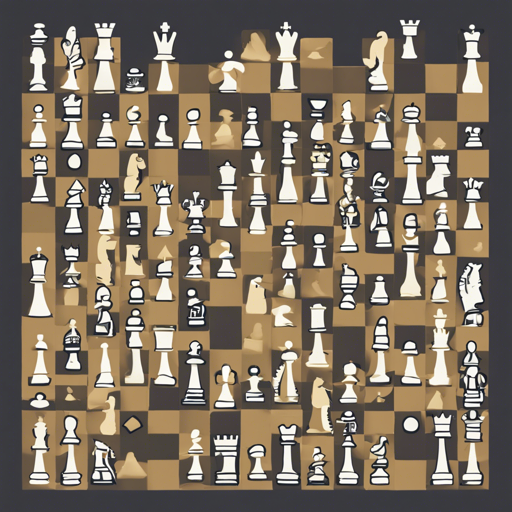Are you ready to challenge a chess engine that packs a punch despite its simplicity? Welcome to the world of Sunfish, a chess engine written in Python that boasts a compact codebase, yet maintains impressive play ratings above 2000 on platforms like Lichess. In this article, we will guide you through various ways to run the Sunfish chess engine, play chess with it, and enhance your understanding of this fascinating tool.
Getting Started: Running Sunfish
The simplest way to start Sunfish is through its terminal interface. Here’s how you can do it:
python btools/fancy.py -cmd .sunfish.pyOnce you execute this command, you’ll be greeted by a prompt asking if you want to play as white or black. For instance, if you choose black, you would respond with:
blackUnderstanding Chess Notation
Sunfish uses algebraic notation for moves. Here’s a quick run-through:
- Columns are labeled a-h (left to right), and rows are numbered 1-8 (bottom to top).
- A move is noted by the letter of the piece and the destination square (e.g., Bd4).
- Pawn moves omit the ‘P’ (e.g., e4), while knights are represented as ‘N’ (e.g., Nf6).
- For capturing, omit the ‘x’ (e.g., Bd4 instead of Bxd4).
- Explicit notation allows you to state the source square first (e.g., e2e4).
This understanding is essential for communicating with Sunfish effectively.
Playing with Graphical Interfaces
If you prefer visual interactions, you can run Sunfish through graphical interfaces like PyChess or Arena. These platforms provide more engaging ways to challenge your skills against this chess engine.
Leveraging the NNUE Version
Sunfish also has an experimental version that uses an Efficiently updatable neural network. To test it out, use the following command:
python btools/fancy.py -cmd .sunfish_nnue.py nnuemodels/tanh.pickleFeatures and Limitations of Sunfish
Sunfish is built on an efficient MTD-bi search algorithm and is designed using straightforward yet effective chess tricks. It utilizes piece-square tables for its evaluation function but has some limitations, such as lacking the 50 moves draw rule. If you wish to improve its strength, consider changing the board representation or implementing more advanced move algorithms.
Troubleshooting Sunfish
If you encounter challenges while running Sunfish, here are some troubleshooting tips:
- Ensure that all dependencies, like python-chess, are correctly installed.
- If the terminal interface isn’t reading your moves, double-check that your notation follows the specified format.
- If the engine performs poorly, consider running it with the PyPy Just-In-Time interpreter, which may enhance its performance significantly.
For more insights, updates, or to collaborate on AI development projects, stay connected with fxis.ai.
Conclusion
Sunfish is not just a lightweight chess engine; it serves as a fantastic platform for experimentation and learning. Whether you want to play with its straightforward terminal interface or use a graphical alternative, Sunfish is highly accessible and customizable. At fxis.ai, we believe that such advancements are crucial for the future of AI, as they enable more comprehensive and effective solutions. Our team is continually exploring new methodologies to push the envelope in artificial intelligence, ensuring that our clients benefit from the latest technological innovations.
Why Choose Sunfish?
With a charm reminiscent of its aquatic namesake, the Pygmy Sunfish, this engine combines simplicity with power. As you dive into creating or enhancing your chess projects, consider all that Sunfish has to offer.

